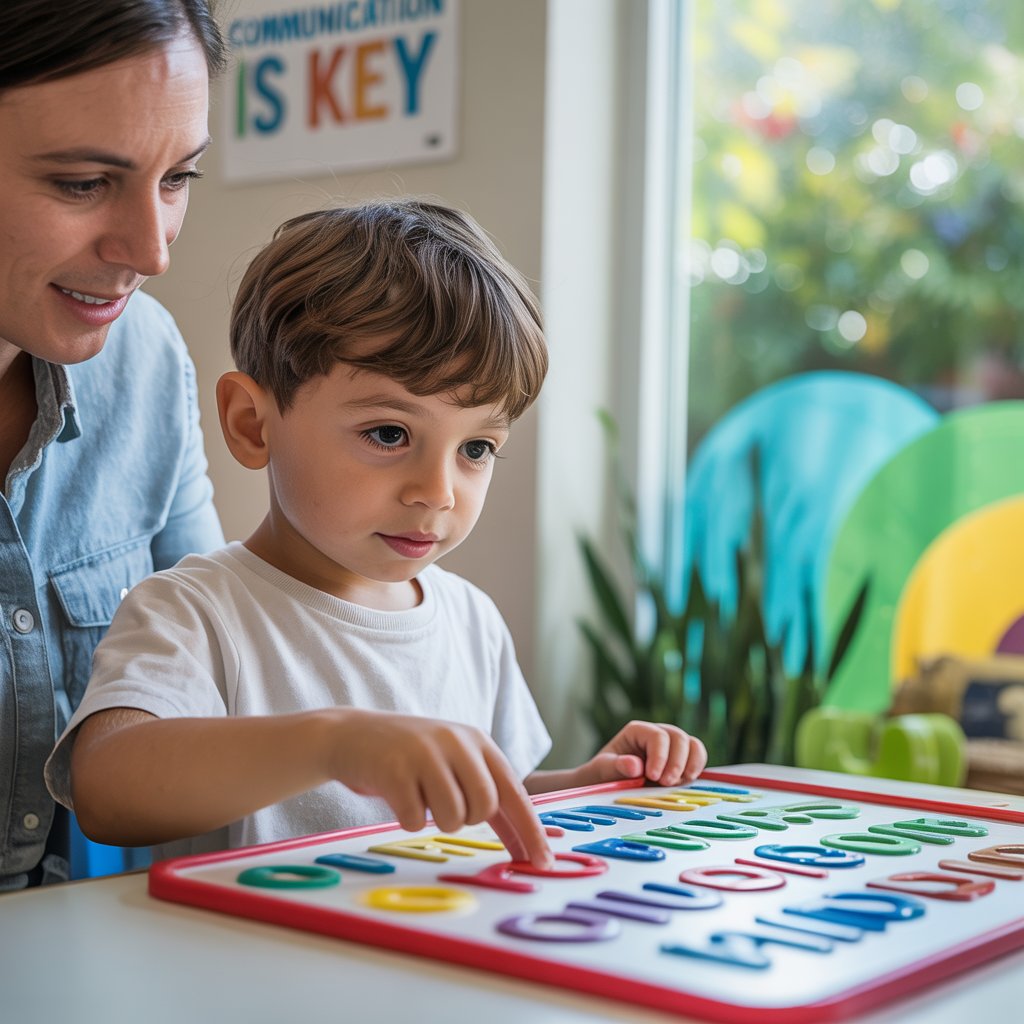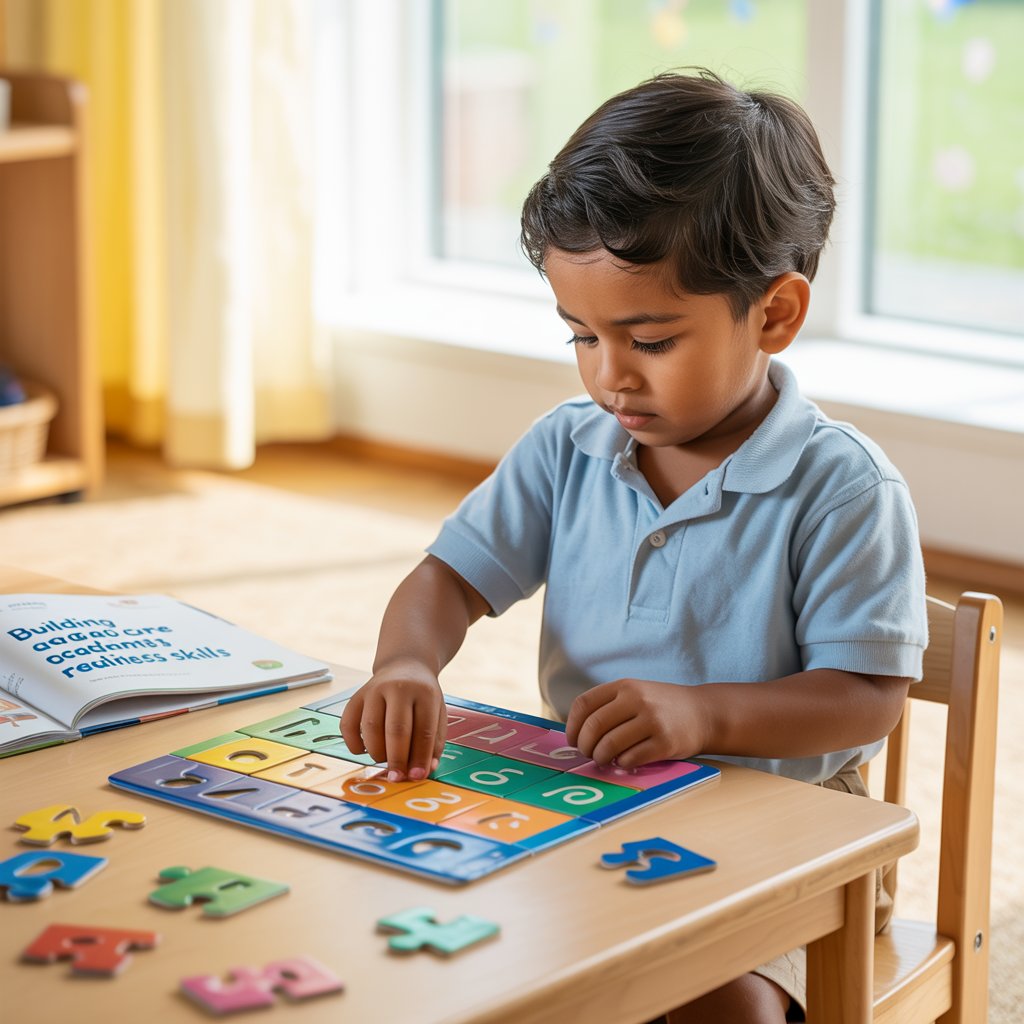Integrating ABA Across Different Environments

Successful School Implementation Strategies
ABA therapy doesn't stop at the clinic door. For real change to stick, it needs to follow kids everywhere—especially school, where they spend most of their waking hours.
The best schools partner directly with ABA therapists to create classroom accommodations that make sense. This might look like:
- Visual schedules posted clearly on desks
- Designated quiet spaces when sensory overload hits
- Token systems that mirror therapy rewards
- Peer buddy programs that build social skills naturally
Teachers who get quick training in basic ABA principles see massive differences in their classrooms. They learn to break down instructions, use positive reinforcement consistently, and recognize antecedents before behaviors escalate.
One approach that works wonders? Having the ABA therapist observe in the classroom once monthly. They can spot issues the teacher might miss and tweak strategies on the spot.
Home-Based ABA Techniques for Parents
Parents, you're the real MVPs in this journey. The good news? You don't need a psychology degree to use ABA at home.
Start with these parent-friendly techniques:
- Natural environment teaching: Turn everyday moments like dinner prep or bath time into learning opportunities
- First-then boards: "First finish homework, then iPad time" with simple visuals
- Behavior momentum: String together quick, easy requests before challenging ones
- Planned ignoring: Walk away from attention-seeking behaviors (when safe)
The magic happens when you catch your child doing something right. Be specific with praise: "I love how you used your words to ask for help" hits differently than a generic "good job."
Many parents find setting up "stations" around the home works brilliantly. A calming corner with sensory tools, a homework spot with visual timers, and a reward menu posted on the fridge creates structure kids can count on.
Community Setting Applications
The grocery store meltdown. The restaurant staring contest with strangers. The playground social confusion. Community settings can be ABA therapy goldmines when approached thoughtfully.
Start small and structured. Before tackling a crowded farmer's market, practice at a quiet corner store during off-hours. Use these field-tested strategies:
- Social stories before outings that describe what to expect
- Role-playing potential challenges (waiting in line, unexpected noises)
- Visual choice boards on your phone for ordering or selecting activities
- Premack principle: "After we finish shopping, we'll visit the pet store"
Community goals look different for every child. For some, it's making eye contact with a cashier. For others, it's navigating a birthday party independently.
The community is where generalization really happens. When your child uses a coping strategy they learned in therapy during a genuine stressful moment at the library—that's when you know ABA is working.
Creating Consistency Between Therapy Settings
Consistency is the secret sauce of effective ABA therapy. When a child gets mixed messages across environments, progress stalls.
The solution? Communication tools that everyone uses:
- Shared data tracking apps accessible to parents, teachers and therapists
- Weekly email updates highlighting new skills being targeted
- Consistent visual supports that travel between home, school and therapy
- Unified reinforcement systems (same tokens work everywhere)
The barrier most families face isn't willingness—it's coordination. Monthly team meetings, even quick virtual check-ins, keep everyone aligned.
Remember that consistency doesn't mean rigidity. A school might need modified versions of home strategies. The key is maintaining core principles while adapting to each setting's unique demands.
When everyone speaks the same "ABA language," children thrive. They stop compartmentalizing skills and start seeing how behaviors work the same way everywhere—which is exactly the point.







